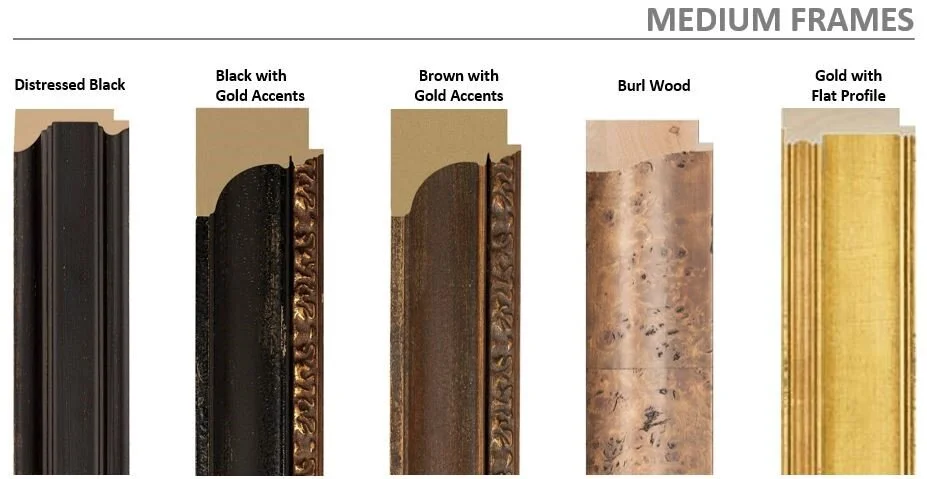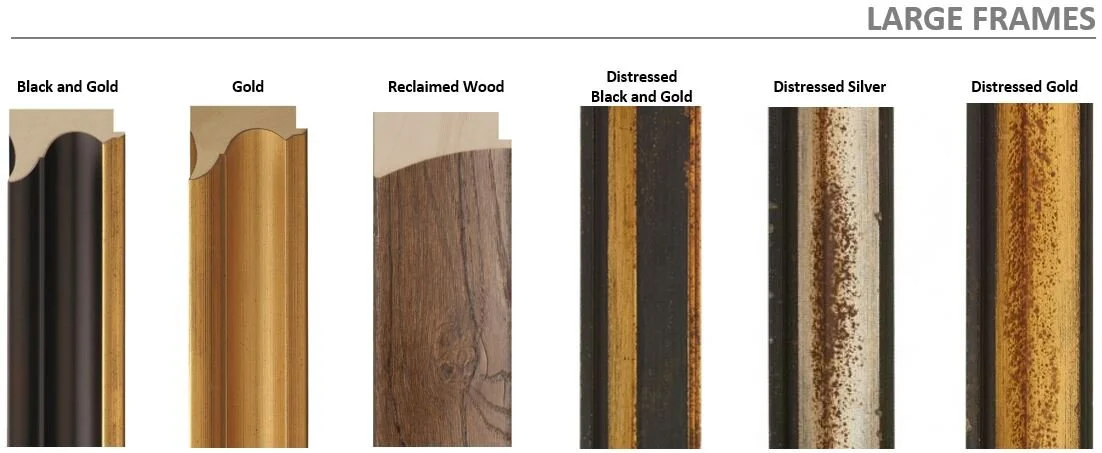Antique Cigar Quilt | Perfect Scale and Striking Design | Circa 1880-1910
Antique Cigar Quilt | Perfect Scale and Striking Design | Circa 1880-1910
Frame Size (H x L): 34” x 34”
Quilt Size (H x L): 23” x 23”
Offered is a quilt made of silk cigar ribbons, dating to between 1880 and 1910.
In the nineteenth century, most men enjoyed a good cigar, so much so that nearly every household had at least one cigar smoker. At the time, it was considered a gentlemanly and leisurely activity. As Mark Twain often did, he famously quipped and captured the status of cigars with respect to himself and American men generally in saying, “If I cannot smoke in heaven, then I shall not go.” Even the most debonair in the United States and elsewhere were fond of cigars, such as King Edward VII, who announced to his acquaintances, in protest of Queen Victoria’s smoke free policy, “Gentlemen, you may smoke.”
In the United States, cigar smoking was at its peak in 1895, and at that time, there were thousands of cigar manufacturers, in a range of sizes, to meet the corresponding demand. In Cleveland, Ohio, for example, there were 330 cigar manufacturers at the peak (versus none today). On one end of the spectrum, some “manufacturers” were nothing more than a family rolling cigars in a New York apartment or a farmer rolling cigars in an Ohio barn. On the other end, some manufacturers were large, sophisticated organizations, such as those in Connecticut and Florida, the success of Connecticut’s manufacturers being based on the state’s outstanding soil composition, and the success of Florida’s manufacturers being based on the state’s easy access to Cuban suppliers.
Cigar manufacturers sold to distributors. In some cases, the manufacturer would package the cigars for the distributor—but with the end customer in mind—in a wooden box, or alternatively the manufacturer would wrap the cigars with a silk ribbon. In other cases, the manufacturer would package the cigars in mass quantities in a barrel or box, and then the distributor would package the cigars in the wooden box or wrap the cigars. Typically, when wrapped, cigars were sold in quantities of either 25 or 50. Early cigars were much smaller than today’s, almost to the point of being closer in size to a modern cigarette than a modern cigar.
Cigar ribbons were made of silk and each featured the respective manufacturer’s name, essentially being a combination of a packaging material, an advertisement, and a differentiator. A higher quality cigar had higher quality ribbon, while a lower quality cigar had a lower quality ribbon. Most ribbons had a field in a shade of yellow or orange, and most had an overprinting in black. The different shades of yellow and orange seemed to be a function of the different shades of ribbons available, or alternatively a function of the manufacturers wanting to distinguish themselves from the others. Despite a general focus on yellow and orange, some manufacturers used other colors, such as pink, blue, red, and green. Cigar ribbons were typically shy of an inch in width and between 12 and 15 inches in length.
Cigar ribbons—being essentially a form of packaging—were generally thrown away after their respective cigars were smoked. However, some smokers (or their wives) collected the ribbons for enjoyment or for use in a project, such as a table cover, a pillowcase, or a quilt. Such thriftiness was common in the nineteenth and early twentieth centuries, not to mention during the Great Depression and afterwards.
Cigar quilts surface in a variety of sizes. The quilt offered herein is on the smaller end of the spectrum and is desirable for collecting, framing, and displaying. Bigger quilts are sometimes as large is 5 feet by 5 feet. While such quilts are dramatic, they are difficult to display and, thus, often less desirable.
The ribbons of the quilt herein form a diamond in a level square, surrounded by a larger tipped square, surrounded by an even larger level square, and so on. The ribbons are from different manufacturers, including Blackstone, Red Cap, Little Havanas, and Elegantes, to name just a few examples. The maker placed the manufacturers and their respective colors, so as to make a thoughtful, attractive design.
By the 1910s, 20s, and 30s, demand for cigars began to waiver and factories began to shutter, mostly as a result of cigarettes becoming a serious competitor thereto and as a result of the Great Depression. Following this downfall, cigars were significantly less popular for decades, even to the point that manufacturers wondered whether the industry would survive in any form at all. However, beginning in the 1990s—with the introduction of Cigar Afficionado and an increasing interest in old gentlemanly pursuits—cigars made a comeback and are still very much a part of American culture, albeit on a much smaller scale as compared to the nineteenth and early twentieth centuries.
Conservation Process: This quilt was hand sewn to cotton fabric, and both were hand sewn to a mounting board. To prevent the black dye in the cotton fabric from seeping into the quilt, it was first washed in a standard wash and then in a dye setting wash. The quilt is positioned behind Conservation Clear Acrylic (standard) or behind Optium Museum Acrylic (per request).
Frame: This offering is in our Large Distressed Black and Gold Frame. However, it can be reframed and would look great using any one of our Medium Frames or Large Frames, which are shown in the final two images. The pricing associated with the different framing options may vary. Reframing of an offering may delay shipment by up to two weeks.
Condition: Variations along the raw edges are period to the piece. This quilt is in excellent condition.
Collectability Level: The Good – Perfect for Beginning Collectors and Gifts
Date of Origin: 1880-1910











